
Imagine waking up to a world where artificial intelligence has redefined how news is delivered, curated, and consumed. This new world order is no longer a figment of our imagination—it’s already happening as we speak! Hold onto your hats as we witness the transformative power of AI shaping the future of journalism, making it faster, smarter, and more efficient than ever before.
Artificial intelligence tools are being used in journalism to help with tasks such as content creation and curation, language translation, data analysis, and personalization. Machine-learning algorithms are also helping with fact-checking and identifying fake news. These AI-powered tools offer many potential benefits but must be used responsibly to maintain journalistic integrity and accuracy.
AI Contributions to Journalism

Artificial Intelligence (AI) is quickly becoming an essential tool for modern journalism. The technology has contributed significantly to the field, enhancing its capabilities in different ways, from content generation and personalization to data analysis and visualization. AI-driven tools allow journalists to automate various tasks, allowing them to focus on areas of their expertise while providing valuable insights.
For instance, in the wake of COVID-19, many newsrooms had to find ways of keeping the public informed while protecting their reporters’ safety. The Associated Press turned to automation technologies and automated writing systems like Automated Insights’ Wordsmith tool to cover Minor League Baseball games or public companies’ quarterly earnings reports. By replacing mundane coverage with technology-enabled reporting, news outlets have been able to dedicate more resources to crucial issues without compromising on quality.
Another critical contribution that AI makes to journalism is content curation. With several online news sources delivering numerous articles competing for readers’ attention, it can be challenging to sift through the noise. Fortunately, AI-powered recommendation engines can surface relevant articles based on user preferences and reading history. This ensures that they stay engaged with the news and receive personalized experiences that match their interests.
Some argue that relying too heavily on AI-generated content risks dehumanizing the craft of journalism. One critique of this approach is that by streamlining processes in favor of rapid production, AI may compromise important journalistic principles like accuracy, objectivity, and impartiality.
However, as with any tool, the role that AI plays in journalism depends on how it’s used. Just as a hammer can be used both to build a house or cause destruction in the wrong hands, so too AI should be utilized judiciously. Used properly, AI’s contributions to journalism ensure faster turnaround times on routine stories, freeing up human reporters for more complicated stories that require investigation and commentary.
Next, let’s take a closer look at how AI-enhanced content generation and summarization in journalism.
Content Generation and Summarization
AI technology offers journalists an unparalleled opportunity to automate content creation and leads to massive time savings. Machines can write content from structured data feeds, templates, or user-inputted prompts, freeing up reporters from routine stories without sacrificing quality.
Take the Associated Press, which over time has frequently used automated accounts to cover major league baseball games or jobs reports that involve significant, yet highly standardized blocks of text. The AP is now using Wordsmith, a program designed to handle news articles where data points are critical for reporting. Wordsmith turns figures into human language instead of having human writers sort through piles of statistics to create coverage.

Additionally, AI-driven summarization tools offer those with limited time a quick summary of larger articles. For example, readers can browse all relevant news on Google News using headings like Top Stories, Briefings on COVID-19, Journalism & Media, World News, and more. These short summaries cater to the customer’s fast-paced lifestyle by providing them with essential information quickly.
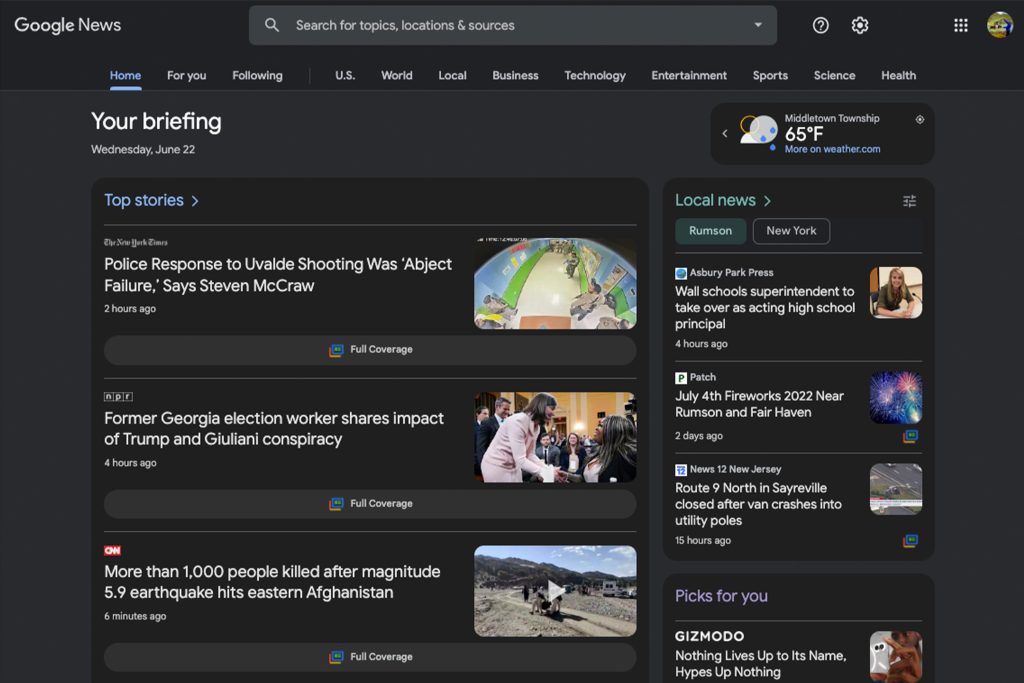
Critics of this approach suggest that AI summary tools could lead to wrong conclusions due to oversimplification or potentially even biased interpretations of issues. The risk could be minimized by involving leading experts contributing their summaries on complex topics.
While some critics may view this as a risk in journalism as a profession, news outlets see the benefits of providing valuable information in easy-to-digest forms by AI summarization and how these make accessible complex topics that otherwise might be difficult for readers to comprehend.
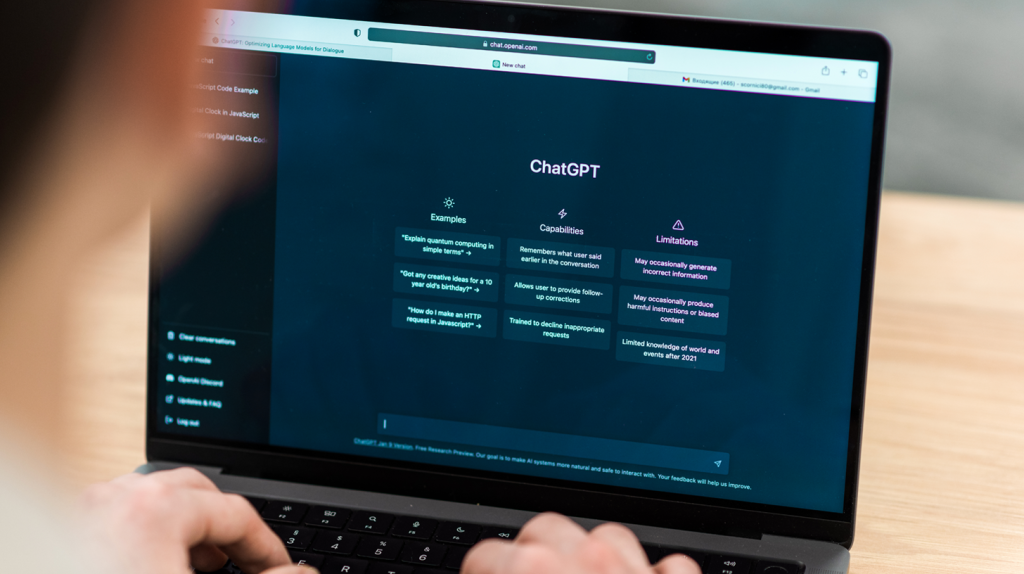
Data Analysis and Visualization
One of the primary benefits of AI in journalism is the ability to analyze and visualize big data in real time. With traditional methods, it can take several weeks or even months to comb through large datasets and organize them into coherent insights. But with AI, journalists can analyze vast amounts of data in a matter of seconds which allows them to break news faster and conduct more detailed investigations.
For instance, during the COVID-19 pandemic, journalists from all over the world used data analysis tools to track the spread of the virus, monitor case numbers, and keep their audiences informed. And that’s just one example. AI-driven data analysis by journalists could be critical in various other areas like cybersecurity, environmental conservation, political campaigning, disaster response, crime reporting, and sports journalism.
Thanks to AI-powered algorithms for data analysis and visualization tools like Tableau or Power BI, journalists can quickly organize raw data into graphical representations that are easy for readers or viewers to understand. These tools can help journalists identify patterns and connections in multilayered datasets that would be impossible to recognize manually.
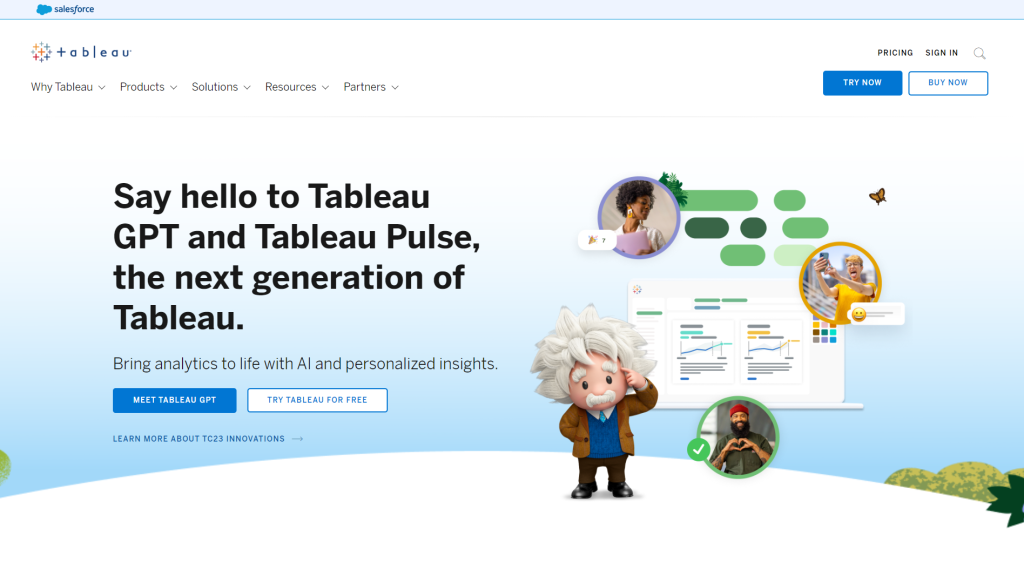
However, some critics argue that relying entirely on statistical evidence may undermine journalistic integrity or blur important context. They suggest that by chasing data-driven stories instead of conducting interviews or investigating issues firsthand, journalists risk oversimplifying complex issues and perpetuating biases related to race or socio-economic status.
It’s like relying solely on your GPS device while driving: if you blindly follow directions without paying attention to road conditions or traffic signs, you might end up taking unnecessary risks or making bad choices that could have been avoided with better judgment. In the same way, AI-based journalism should supplement – not replace – traditional investigative methods while promoting accuracy and contextualization.
AI Technologies Enhancing Journalism
AI technologies are revolutionizing the way journalists interact with their audiences, covering events, delivering news stories, and personalizing experiences. Chatbots, natural language processing, and machine translation techniques are just some of the AI-driven technologies that journalists and media companies can use to engage readers or viewers more efficiently.

For instance, Reuters uses a prototype automated system called Lynx Insight that generates news articles employing natural language generation software. Similarly, The Washington Post has developed an AI-powered tool named Heliograf to help customize email newsletters based on users’ preferences.
AI-powered technologies enable journalists to create more personalized content for their readers without compromising on accuracy or quality. By leveraging algorithms that track reading habits, search topics, and social media behavior, journalists can tailor their storytelling style accordingly and provide a unique experience to each reader.
However, privacy concerns arise when journals gather data about user behavior without their consent. Some argue that relying on these types of data could create hyper-targeted messages that reinforce existing opinions instead of informing people genuinely. Moreover, natural language processing systems have been found prone to gender bias and other stereotypes because these algorithms learn by analyzing existing texts authored by humans.
- According to a 2019 Reuters Institute report, over one-third (37%) of news organizations have adopted some form of AI technology to streamline their operations and enhance content creation.
- A study by the Tow Center for Digital Journalism found that automated journalism systems generated nearly 850,000 articles between 2014 and 2018, accounting for around 5% of all published news stories during that period.
- Research from the Columbia Journalism Review indicates that 40% of journalists believe AI will play a significant role in reporting, editing, and publishing stories within the next five years.
ChatGPT and Natural Language Processing
Artificial intelligence and natural language processing have revolutionized the way newsrooms operate. One of the most prominent AI-enabled tools in journalism is ChatGPT, developed by OpenAI. It can generate coherent, human-like sentences and paragraphs with contextually relevant information. ChatGPT has altered the face and shape of journalism to a great extent.
ChatGPT has turned into an invaluable tool for journalists, helping them take their writing to a new level. The system not only makes writing easier but helps writers generate ideas and better understand how they can speak to readers in a more appealing way. It assists reporters in content generation, summarization, personalization, news discovery, translation, and engaged journalism.
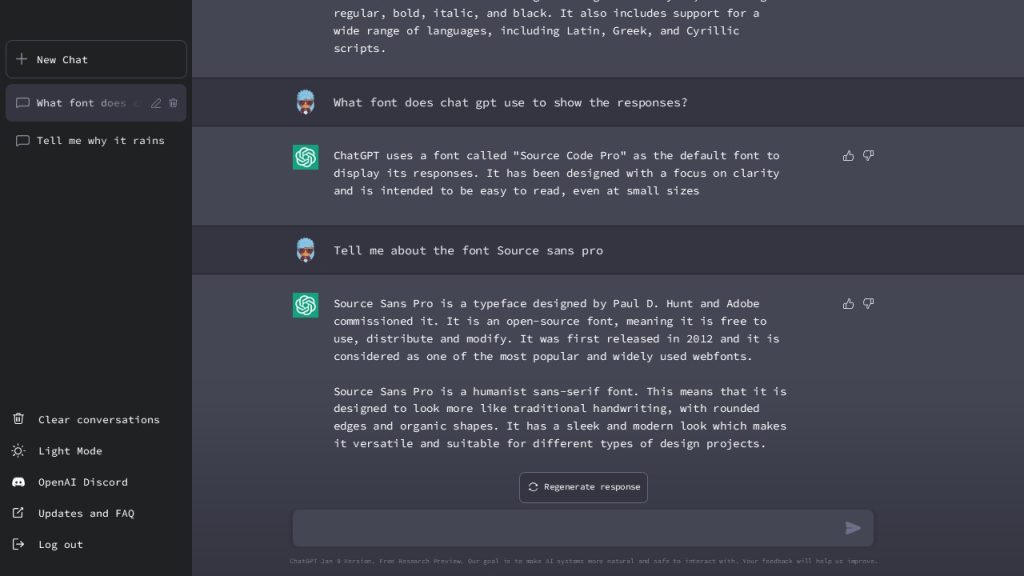
Journalists utilizing ChatGPT’s abilities are at the forefront of AI-powered content generation. By using this cutting-edge tool for generating content, journalists can ensure that every article they produce defines a quality standard. They can use newly-generated content to inspire fresh thoughts or gain a different perspective on a topic.
ChatGPT’s ability to improve writing speed is one of the most significant features that make it highly sought after by journalists. The software can take up an enormous amount of time-consuming work involved in writing an article from scratch, thus providing extra time for editors to focus on substantive editing tasks.
Some people argue that ChatGPT represents the danger posed by deepfake technology as disinformation could easily be made using these AI-enabled tools. Detractors claim that bots powered by OpenAI could autonomously generate vast swaths of highly accurate and misleading content at scale, leading to a severe threat to the public’s understanding of reality.
In many ways, ChatGPT is similar to having an expert language coach on hand 24 hours a day. The AI-powered tool can significantly improve journalists’ writing speed and help them optimize their efforts to achieve new heights in the world of journalism.
Automation and Personalized Experiences
Automation has always been an essential aspect of journalism, but AI-enabled tools have given automation a completely new direction. In the past, most journalists could only make use of basic automation tools like publishing systems and email management software. But with AI, journalists now have access to more sophisticated and intelligent cyber tools that can extract relevancy from massive amounts of data.
Personalizing experiences for readers is crucial in today’s attention economy. Modern-day journalism needs to provide readers with messages that cater to their interests, preferences, and contexts. Companies can provide personalized content using AI-powered algorithms that analyze the user’s browsing history, behavior, location, and demographic information.
AI-enabled personalization is highly relevant in today’s digital age. To maintain reader engagement rates high, companies need to address individual preferences with hyper-personalized content delivered at precisely the right moment. By using modern machine learning algorithms, publishers can gain deep insights into user preference profiles at a level that would be impossible with manual observations alone.
AI technology is transforming how publishers create content as much as it affects how they distribute it. Automated copy editors powered by natural language processing can check spelling mistakes quickly, plagiarized content, grammar errors, and tone discrepancies.
It is arguable whether automated content generation represents a true form of journalism. Some experts argue that journalism must involve human involvement beyond curation or filtering roles – that it requires actual writing or investigative work. Critics fear that AI-produced content may end up being bland or unemotional because there is no human touch involved.
Automated journalism is somewhat like commissioned pieces of art made by a robot artist in which you cannot tell whether it was created by a human or an intelligent machine. AI automation tools like On-Page.ai are transforming what was previously labor-intensive research and writing into something that can be done easily and efficiently.
AI-driven Reporting Tools and Ethics

Artificial Intelligence is transforming the way journalism operates by introducing new tools for reporting, data analysis, content generation, and so on. Its potential to automate various aspects of news production and processing has been recognized across numerous organizations. However, the growing popularity of AI-driven reporting tools also raises concerns related to ethics in journalism.
One ethical issue concerns the use of AI in the newsroom for automated writing tasks such as generating breaking news stories or simple press releases. While these systems have seen significant improvements in efficiency and accuracy, there is a risk that they may produce content that lacks human sensibility. With algorithms replacing reporters to produce articles at lightning speeds, news agencies could potentially lose their transparency and credibility.
Consider this: Would you rather receive a personalized message that had been written by a bot or one that had been written by someone you know writing it from their heart? A marketing ploy created by a software program might sound more convincing than typical ad copy produced by humans who might miss out on some keywords. But, ultimately, online users are looking for real-life experiences without being duped.
Furthermore, with more journalists taking advantage of AI-driven report generation techniques, there is an increased risk of using machine learning models improperly. Journalists using artificial intelligence in reporting must ensure that their datasets are free from bias and discrimination because machines tend to focus on patterns and trends emerging from historical data. If the dataset includes biases towards certain groups of people, it could cast doubts on the accuracy and impartiality of the AI-generated content.
Additionally, journalists need to exercise caution when deploying automated fact-checking tools powered by AI models. While these tools can be incredibly useful in scanning through vast amounts of data within seconds, there is always a chance they might not catch all inaccuracies found in written work. Therefore human intervention is critical when verifying news sources.
Another ethical issue related to the development of AI technology is its impact on privacy and surveillance concerns. While digital rights activists have raised their alarms around the increasing rise of facial recognition technology in public spaces, it is equally important to consider how tools like ChatGPT could be exploited to create fake news. In the same way, social media platforms have been hijacked by bad actors spreading misinformation, creating a trustworthy environment within these AI-driven ecosystems will require rigorous standards for data sharing and community feedback.
Finally, there is a growing concern about AI’s impact on journalism ethics. For example, if a journalist uses an algorithm-generated report as the basis for their story without acknowledging that they have done so to colleagues or readers, then arguably this would be deceitful conduct. It could result in legal challenges against organizations that are not transparent about how they source their information and craft stories.
All told, it’s imperative to ensure that these reporting tools keep journalistic ethics intact and are designed with proper oversight mechanisms. To accomplish this, journalists need to be trained effectively; their skills must evolve in line with technological change. In the end, the ultimate goal of using AI-driven reporting tools should be to enhance journalism while also preserving its time-honored traditions and values.
Maintaining Accuracy and Bias Mitigation
One of the significant drawbacks of using AI in journalism today is that machines can’t make moral judgments or filter for bias as efficiently as editors or reporters. Thus, accuracy and bias mitigation remain paramount concerns when employing AI in journalism processes.
Journalists must be careful when assessing new sources of information to avoid falling victim to confirmation bias. Just because a machine-generated report confirms our pre-existing opinions about an issue doesn’t necessarily mean it’s reliable or unbiased. Journalists should still evaluate why certain conclusions were made and what assumptions went into creating them.
For instance, during political campaigns, AI algorithms may be programmed to focus on specific issues based on candidates’ previous statements. The resulting analysis could show that a political figure is advocating for or against a particular policy when taken out of context. Therefore, it’s essential to cross-reference data from several sources and consider multiple opinions in order not to amplify these distortions.
Another issue that arises with AI-driven reporting tools is the debate over the prevalence of algorithmic bias in news stories. Since AI systems rely on historical data to analyze patterns and trends, any biased datasets could perpetuate problematic stereotypes and contribute to inaccuracies in automated reports. Journalists must understand the limitations and risks involved in relying too heavily on these systems.
At the same time, anti-bias law plays an essential role in ensuring that AI’s potential biases don’t adversely affect people’s daily lives. However, implementing anti-bias regulation into AI implementations can be challenging, and guidelines developed by policymakers are unlikely to keep up with constantly evolving technologies like ChatGPT. This highlights the importance of new transparency measures built into AI-driven journalism; such mechanisms would establish best practices for algorithms’ use in reporting.
Finally, accuracy also needs to be maintained when creating bespoke-generated content on social media platforms. These systems must ensure they do not spread false information about individuals or entities. This type of content could result in reputational damage and utterly undermine public trust in journalistic institutions using AI-generated content.
The Future of AI in Journalism

The future of journalism is an exciting one, rife with possibilities thanks to the rapid advancement of artificial intelligence. With ChatGPT and other AI-driven reporting tools, journalists can work with computers to create high-quality news content that is streamlined for unparalleled accuracy and personalized experiences. And while some may argue that AI-generated content undermines the traditional role of human journalists, others believe it will enhance the quality and depth of news reporting.
One example of how AI can be applied in journalism is through automation. Thanks to automation, journalists can now use software that automatically generates news reports based on data and facts gathered from various sources. This has the potential to make journalism more efficient since journalists no longer need to spend countless hours sifting through large amounts of data manually. Through automation, they can generate accurate news stories in minutes or even seconds.
In addition to making journalism more efficient, AI-driven news delivery systems offer a unique opportunity for creating personalized experiences for readers. Personalization allows publishers to present their readers with tailored information that reflects their own interests and preferences. By leveraging machine learning algorithms that analyze reading habits and click-through rates on articles, publishers can better understand what their readers want and adjust their content accordingly.
However, some critics argue that AI-driven reporting tools may harm the traditional role of human journalists. They argue that by automating the process of generating news stories and leveraging user data to tailor content for individual readers, we are removing the human element from journalism and losing sight of fundamental values such as investigative journalism, interviewing eyewitnesses, and gathering first-hand information.
However, looking at it from another angle could lead us to view AI as a tool for journalistic innovation rather than a threat to core skills. Just like a chef uses an electric mixer instead of hand-whipping cream because it’s faster and more efficient, AI technology can assist a journalist in writing article pieces – the result can be just as enriching and just as valuable.
As AI continues to change the face of journalism, it has become increasingly important for publishers to adapt to this rapidly changing landscape. Fortunately, there are tools available that will help them do so, such as On-Page’s Stealth Writer. This tool allows journalists to input a keyword and with the click of a button, generate an entire article ready for publication. It is among the best AI writers on the market today. Furthermore, On-Page.ai offers a suite of optimization services for better web rankings through its on-page scans. In short, it provides a powerful toolkit for today’s newsrooms to boost their operational efficiency while maintaining their journalistic values.
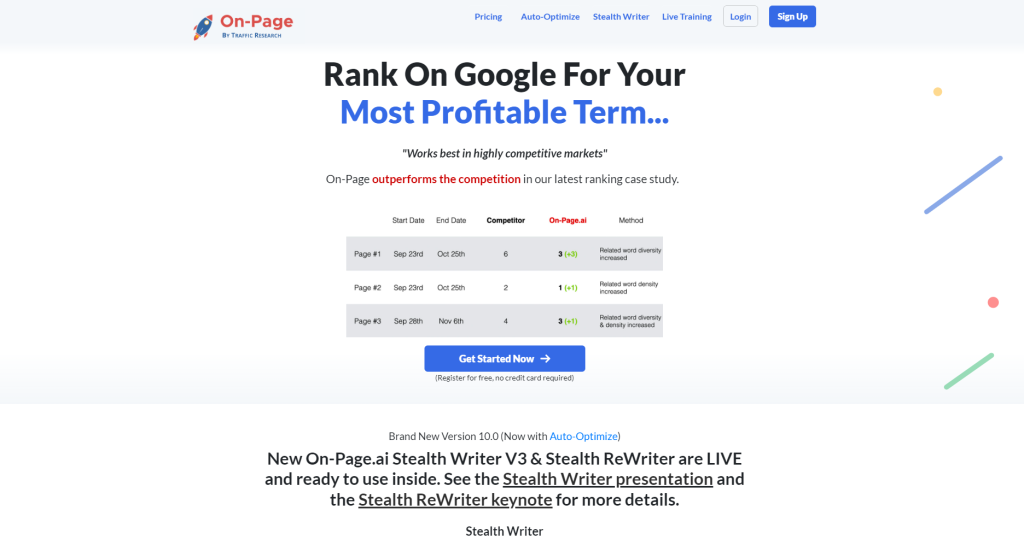
Answers to Commonly Asked Questions
How accurate are the results produced by AI algorithms in journalism?
The accuracy of AI algorithms in journalism has been a topic of discussion since its inception. While AI can analyze large amounts of data and provide insights that were once impossible for human journalists to gather, there are concerns about its reliability in producing accurate results.
A study conducted by Stanford University found that AI algorithms used by news outlets produced at least 70% accuracy when analyzing political claims during the 2016 U.S. Presidential campaign. Similarly, a report by OpenAI found that AI models had an average accuracy of 75% in summarizing news articles.
However, accuracy varies depending on the type of news being analyzed. For example, AI may struggle with analyzing subtle nuances such as sarcasm or irony in opinion pieces or social media posts. Additionally, AI algorithms are only as accurate as the data they are trained on; biased or incomplete data can lead to inaccurate conclusions.
Overall, while AI has the potential to greatly assist journalists in gathering and analyzing information, it is important to acknowledge its limitations and continue to prioritize ethical use and interpretation of its results.
Are there any ethical considerations for using AI in journalism?
Yes, there are significant ethical considerations to using AI in journalism. While AI has the potential to automate mundane tasks and speed up news production, we must also consider the potential consequences of relying on machines for decision-making.
One major consideration is the risk of bias in AI algorithms. Studies have shown that algorithms can perpetuate racial and gender biases, therefore leading to flawed and unfair reporting. Additionally, we must consider the accountability of AI-produced content – if something goes wrong, who is responsible? The answer is not always clear.
Furthermore, as AI becomes more prevalent in newsrooms, there is a concern for job displacement and the loss of jobs requiring traditional journalism skills. This could result in a lack of diversity in newsrooms, ultimately affecting the quality and range of reporting.
It is necessary for journalists to adopt a cautious approach when it comes to AI and its usage in their field. While it may offer benefits in terms of efficiency, it must be used responsibly with transparency and accountability at its forefront.
Can AI completely replace human journalists or is there still a need for human input?
The answer to whether AI can completely replace human journalists is not a simple one. While AI has shown immense potential to automate many repetitive and time-consuming tasks in journalism, such as data analysis and fact-checking, it still lacks the essential qualities of empathy, curiosity, and creativity that are inherent in human reporting.
A study by the Reuters Institute for the Study of Journalism found that readers still value the personal touch provided by human journalists, particularly in terms of tone and language. Additionally, AI-generated content has often been criticized for lacking nuance or making factual errors due to its inability to understand context.
Moreover, the ethical considerations of allowing machines to make editorial decisions and interpret complex issues require careful examination. The potential bias within AI algorithms also highlights the need for human oversight and intervention.
In short, while AI can undoubtedly improve efficiency and productivity within journalism, it cannot replace human input entirely. Rather than seeing AI as competition, we should embrace it as a tool to enhance our journalistic abilities.
What types of tasks can AI perform in journalism?
Artificial intelligence has certainly made its mark on the field of journalism, allowing journalists to automate some tasks and streamline others. Some of the primary tasks that AI can perform in journalism include automated content generation, data analysis, fact-checking and verification, and audience engagement.
Automated content generation involves using algorithms to create news articles or other forms of content automatically based on data inputs. This can save journalists time and resources, as well as provide real-time updates on breaking stories.
Data analysis is another area where AI can help journalists by providing insights into large datasets. Machine learning algorithms can be used to analyze social media trends, public opinion polls, or even legal documents. For example, The Washington Post used AI to sort through over 400 pages of legal documents related to Brett Kavanaugh’s Supreme Court nomination hearings.
Fact-checking and verification are vital in ensuring journalistic integrity. Tools like Full Fact, a UK-based fact-checking organization, use natural language processing algorithms to check claims made by politicians in real time during debates and speeches.
Finally, audience engagement can be enhanced through chatbots developed with natural language processing capabilities. They offer personalized news feeds and allow instant messaging between journalists and readers, taking advantage of the growth of digital media channels.
In summary, AI can perform essential tasks that enhance the quality and speed of journalism. Nevertheless, it does not replace human creativity or judgment but rather amplifies it.
How do news organizations benefit from using AI in their reporting?
News organizations have increasingly turned to AI in their reporting due to the numerous benefits it offers. Firstly, AI can analyze and process vast amounts of data in a shorter amount of time than human journalists ever could. This allows for more accurate and comprehensive reporting, as well as providing insights that may have been missed by a human journalist.
Secondly, AI can help improve speed and efficiency in news production. A large number of news outlets currently use AI-powered chatbots that can write news stories within seconds. Moreover, by using machine learning algorithms, many news websites are now able to recognize user preferences and provide personalized content recommendations increasing engagement among users.
Finally, AI-based algorithms have been effective in detecting fake news and propaganda which is becoming more rampant on various social media platforms that are sources of news for most people today. According to a recent study by The Economist, AI-based systems can identify fake news with an alarming accuracy rate of 95%.
In conclusion, through the use of AI-powered tools like On-Page.ai, journalism has been revolutionized with a whole new set of possibilities. By utilizing the machine’s ability to rapidly process large quantities of information, reduce operational costs, as well as cut-off fake news and improper content from being shared across the masses.




